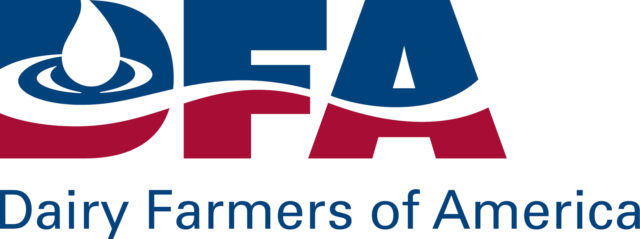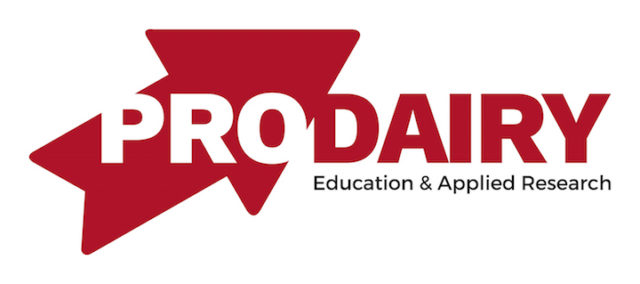Editor’s note: Jim Tillison submitted the following response after Progressive Dairyman invited him to respond to an open letter from Gary Genske printed in the magazine in September (see Issue 9, page 17). Both the producer-led CWT committee and the staff of CWT have been charged with the responsibility of utilizing, as effectively as possible, the investment made by dairy farmers across America who produce nearly 70 percent of America’s milk. Both groups take this responsibility very seriously, and this “effectiveness” mandate is the main reason why CWT has always been a multi-faceted program.
When CWT began in 2003, three different programs were implemented to help to maintain the balance between the supply of milk and the demand for dairy products:
1) the herd retirement program
2) the export assistance program
3) the milk production reduction program
Because the effectiveness of CWT programs is reviewed regularly, the milk production reduction program that paid farmers to just reduce the quantity of milk they produced was determined to be a less effective use of producers’ investment in CWT and was subsequently dropped.
However, an independent analysis of the two remaining programs – the herd retirement program and the export assistance program – clearly shows that both the herd retirement program and the export assistance program are effective in helping to balance supply and demand. The analysis, by Dr. Scott Brown, a University of Missouri and Food and Agricultural Policy Research Institute economist, demonstrates the extent to which both programs increase dairy farmers’ milk prices a total of 75 cents per hundredweight. Dr. Brown’s analysis is available for review on the CWT website www.cwt.coop.
Through September 30 of this year, CWT has accepted bids that have and will assist in exporting 46.6 million pounds of cheese, butter, anhydrous milk fat and whole milk powder in 2007. The products being exported are the milk equivalent of 932 million pounds of milk at a cost of $2.15 per hundredweight. By comparison, the average cost of removing that additional volume of milk through this year’s herd retirement would have been $4.79 per hundredweight, adjusted for the productive life of the average cow removed.
CWT is certain that dairy farmers recognize that assisting in export sales of cheese, butter, anhydrous milk fat and whole milk powder in 2007 has had a positive impact on the market prices of those dairy products which in turn is having a positive impact on producer milk prices. However, many dairy farmers may not recognize that the effects of the CWT export assistance program are long term as well. CWT member cooperatives report that the export assistance program has helped create long-term sales opportunities that will not need assistance from CWT in the future.
Dairy farmers should also know that CWT asked Brown to do an analysis to determine at what milk price a CWT herd retirement will have the most cost-effective impact on milk prices. Not surprisingly, his analysis indicates that when the milk price is moderate, not too high and not too low, dairy farmers will benefit the most from a CWT herd retirement.
While some producers would favor herd retirements at regular intervals, the fact is that the unpredictability of CWT herd retirements has been one of the reasons for their success. Neither producers nor processors have been able to plan their actions around when a herd retirement will occur. Unpredictability maximizes the herd retirement program’s effectiveness on milk production and milk prices.
CWT is well aware of the issue involving the number of replacement animals that may become available due to sexed semen and the Canadian border opening up. At the direction of a special task force of dairy farmers representing a cross-section of CWT members, CWT staff is evaluating the most cost-effective ways to address this issue.
As stated previously, each year the CWT committee not only reviews, discusses and approves budgets for the coming year, it also evaluates various program options. And each year, the committee has determined that a multi-faceted approach to addressing supply and demand is preferable to investing all of CWT’s funds in just one program. PD
Jim Tillison
CWT’s Chief Operating Officer




